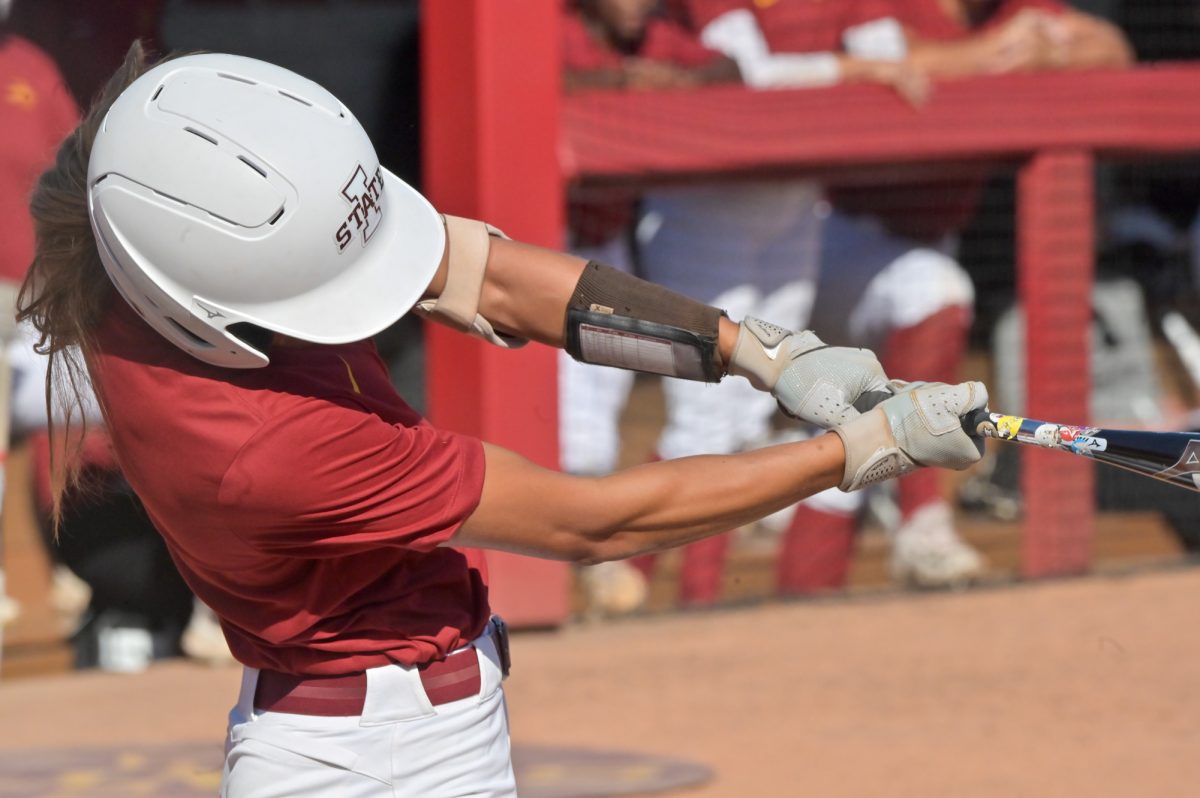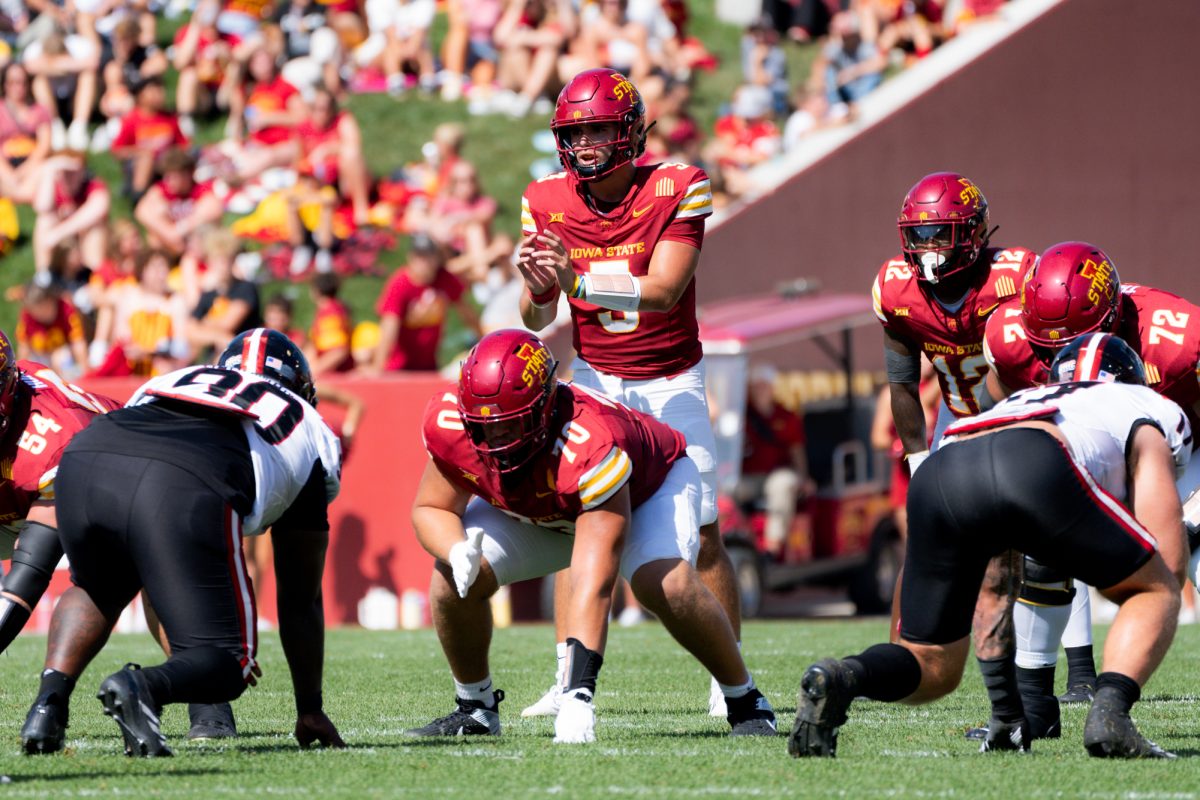‘Bud’ the bull brings luck and education to Vet Med students
May 28, 1998
“Would you like to rub the bull for good luck?” is a phrase often heard around the Large Animal Hospital on the Veterinary Medicine campus, home of “Bud” the bull.
For veterinary medicine students at Iowa State, Bud has replaced the Zodiac as the overriding campus superstition.
Karl Kersting of the Large Animal Hospital said older students have been telling freshman for years that touching Bud’s nose is necessary to pass their next test.
Is this just some wacky college prank played on freshmen, or does everybody do it?
Kersting said he has seen students, both young and old, touching Bud’s nose, which he equates to a “Blarney stone kind of thing.”
The students’ affection for Bud, however, seems to go beyond just a simple superstition.
Jennifer Thompson, senior in veterinary medicine, said she visits the bull for good luck on tests.
“I come to see him every day during finals week,” she said. “I would consider [Bud] the vet-med pet.”
Bud has been around the veterinary medicine school for about 13 years and has been featured many times at the school’s Veishea display.
“In central Iowa, he is the best known of the bovine species,” Kersting said.
Bud’s popularity is not solely a result of his superstition status — his unique stomach sparks interest as well.
Kersting said Bud has an overabundance of microbes in his stomach, which are used for digestion of foods such as hay or straw.
He said sometimes sheep and cows eat too much and experience “bad” digestion. When this happens, the animals need extra microbes to help digest all the food.
Kersting said this is where Bud steps in.
The microbes in Bud’s stomach are taken by one of the doctors or students and used to inoculate other animals, which are mostly cattle and sheep.
Doctors and students are able to access Bud’s stomach because it is attached to his body wall, and a hole is accessible from the outside directly into his stomach.
The hole, which has a removable cap, is large enough to accommodate a human hand for the removal of necessary stomach fluids, Kersting said.
Thompson said this quality makes the bull an excellent teaching tool.
She said high school students who visit Bud are amazed that they can stick their hands inside the bull’s stomach.
Thompson said she thought Bud’s “friendly personality” allowed him to be selected for the stomach attachment.
Whatever the case, it seems clear that vet-med students have developed an affinity for this bizarre bovine.
“It will be very sad when something happens to Bud,” Thompson said.






